The health benefits of quinoa have led to its meteoric rise in popularity as a whole grain.
Quinoa seeds can be prepared and eaten in the same way as other grains, however the quinoa plant is more closely related to beets and spinach. This plant is so useful and nutritious that it can be eaten from seed to leaf.
Quinoa, unlike other plant-based foods, is a complete protein, meaning it has all nine essential amino acids. The proteins in your bones, skin, muscles, and blood are not possible without amino acids. All nine of the "essential" nutrients are present in quinoa, which the body needs on a daily basis because it cannot generate or store them.
Table of Contents
What is quinoa?
Quinoa is a pseudo-cereal that's loaded with nutrients including protein, fibre, and antioxidants. Quinoa is not a true grain but rather the seed of a plant called goosefoot. When quinoa is cooked, it becomes fluffy and soft, with a flavour that is slightly nutty. Bread, pasta, and flakes can all be prepared from this versatile ingredient.
There is a wide range of colours and types of quinoa seeds available. Most typically used for food are the red, white, and black seeds. It's general knowledge that 'white' quinoa is the quickest to cook, has the mildest flavour, and is the crunchiest all over, but'red' quinoa has a reputation for being bursting with flavour and texture. However, 'black' quinoa is the most tasty and crunchy, but it takes the longest to cook. These are just a few of the colours available; quinoa may also be purchased in grey, purple, orange, pink, green, and yellow.
How to prepare and cook quinoa:
- Even though most pre-packaged quinoa has already been rinsed, several manufacturers nevertheless recommend giving it a final rinse before cooking to get rid of any lingering saponins. Rinse the quinoa several times in cool water while a fine mesh sieve catches the little seeds.
- Like rice, quinoa requires two times as much cooking liquid as it does dry quinoa. When prepared in water, stock, or other liquids, one cup of dry quinoa yields three cups when cooked. Herbs and spices like bay leaves, marjoram, black pepper, thyme, garlic powder, and onion powder can be added to a dish at any point in the cooking process.
- A pot should be brought to a boil over high heat with the seeds, liquid, and herbs of choice. Turn down the heat to low, cover the saucepan, and cook for about 15 minutes, or until tender. Upon completion of cooking, a tiny white "tail" may unfold; this is the healthy germ. Use a fork to fluff it. The cooked quinoa can be strained in a sieve and then returned to the pot if it is too wet or if you prefer a drier quinoa. Leave covered for 15 minutes to expedite the drying process.
- The same quantity of quinoa to water (one cup) can be used in a rice cooker, simplifying the cooking process.
How to incorporate quinoa in your diet?
- Cook quinoa with milk or water and eat as a cereal in the morning. Combine a tablespoon of chopped almonds, a tablespoon of cinnamon, and diced fresh fruit.
- Replace rice with quinoa in dishes like sushi and stir-fries.
- Salads and soups can be made more filling by adding a half cup to a cup of cooked quinoa.
- Substitute quinoa for pasta while making pasta salad.
- Cook quinoa in a popcorn popper. Over medium heat, put a pot that's at least 6 inches deep in. To a very hot skillet, add enough quinoa to form a single layer across the bottom. Cover the saucepan and shake it vigorously over medium heat to distribute the heat evenly and prevent the seeds from burning. Allow steam to escape by cracking the lid a few times. If the popping doesn't stop or if you smell something burning, keep shaking the pan. Upon a baking sheet, pour the grains to cool. Add seasonings to taste.
Health benefits of quinoa:
1. Quinoa is naturally gluten-free
Because of its high vitamin and antioxidant content, quinoa is a great gluten-free alternative for those who suffer from gluten sensitivity, celiac disease, or gluten intolerance. It can stand in for other starches that don't contain gluten, such as potatoes, tapioca, and corn. Compared to rice, it's a superior choice because it helps you get the protein, calcium, iron, and fibre you need to maintain a healthy weight and satisfy your body's demands.
2. Quinoa is packed with protein
In contrast to other plant-based diets, quinoa provides all nine of the essential amino acids that the human body needs to function properly. Lysine and tryptophan are just a few of the necessary amino acids that can be found in this. Its protein content exceeds that of other common grains. Protein is also essential for developing and sustaining blood, skin, muscle, and bone.
3. Quinoa is rich in minerals
Potassium, magnesium, zinc, and iron are among the many nutrients that many individuals do not get enough of. Quinoa has an abundance of all four minerals, although it is especially rich in magnesium and iron. Magnesium has been linked to a decrease in the prevalence of type 2 diabetes, normalised blood sugar levels, a lack of headaches, muscle cramps, and sleeplessness, and relaxation of blood vessels.
Iron, like many other nutrients, is essential for numerous bodily functions. This mineral is essential for red blood cell health, enhanced muscle metabolism, and optimal brain function. Iron-deficient people would do well to eat quinoa because it is loaded with the mineral.
4. Quinoa is rich in phytochemicals
Flavonoids are abundant in quinoa. Diseases including osteoporosis, cardiovascular disease, and cancer can be fought off with the help of flavonoids, a type of antioxidant. Large quantities of the flavonoids quercetin and kaempferol have been discovered. These flavonoids aid in overall health and well-being thanks to their anti-inflammatory, anti-viral, and anti-depressant effects.
5. Quinoa Improves skin health
Lysine, found in quinoa, is an essential component in the synthesis of collagen and elastin. It neutralises the free radical effect of sun and pollutants on the skin and aids in its healing. Additionally, the vitamin B in quinoa aids in the lightening of age spots and other pigmentary disorders caused by excessive melanin production.
Quinoa and weight loss:
Since quinoa contains insoluble fibre, it promotes fullness and keeps you from becoming hungry for longer, both of which help with weight loss. In addition to being high in protein and fibre, it helps you eat less by revving up your metabolism and curbing your appetite. Switching from refined grains like rice or wheat to quinoa is a simple way to add extra protein and fibre to your diet and speed up your weight loss. Vegetarians who are dieting and have problems finding foods that satisfy their hunger may give quinoa a try. In addition to being healthy for diabetics and aiding in blood sugar regulation, quinoa also has a low glycemic index (GI). Therefore, quinoa is a great option for those trying to lose weight because it not only offers a pleasant texture to food but also reduces cravings.
Quinoa VS Millet:
Quinoa is unique among grains in that it includes all nine of the body's required amino acids as a complete protein. Per serving (1/2 cup), it contains about 6 grammes of protein. However, millets have a poor protein content and lack the critical amino acids. Even though millets and quinoa have different protein content, they are both healthy options due to their high fibre and antioxidant content.
Preparing quinoa is quite similar to rice preparation, and it takes around 15 minutes to cook. However, due to its fourfold expansion when cooking, millets presents a greater challenge. Millets, when cooked in a pot with a lot of water, become fluffy like a cross between pasta and mashed potatoes. When cooked, the flavours of both grains are subtle, but the texture and flavour of millets are noticeably more nutty.
Best way to cook quinoa:
Due to its high lipid content, quinoa contains a bitter coating called saponin to keep it from going rancid. The saponin must be removed by thorough washing under running water. Quinoa is best prepared by boiling it in twice as much water for 10 to 15 minutes with the lid off. Then, after 10 minutes, cover and remove from the heat. You can use the quinoa in salads, smoothies, or anything else after you uncover it and fluff it with a fork.
Frequently Asked Questions on Quinoa:
Is quinoa helpful for weight loss?
Ans. Yes, quinoa can help you shed pounds. Quinoa's high insoluble fibre content makes it a useful tool for controlling hunger. Quinoa's high levels of protein and healthy fats speed up the metabolism and keep you energised. In addition to helping you feel full for longer, quinoa's low glycemic index means your blood sugar stays steady.
Can I safely consume quinoa on a daily basis?
Ans. Including a variety of grains in your diet is beneficial since various grains provide different nutrients. Since quinoa is a complete protein and contains a plethora of other nutrients, it can easily replace the everyday grains like rice and roti and other pulses.
Does quinoa help with weight loss?
Ans. Because it contains protein, healthy fats, fibre, and a plethora of vitamins and minerals, quinoa is an excellent addition to any diet.

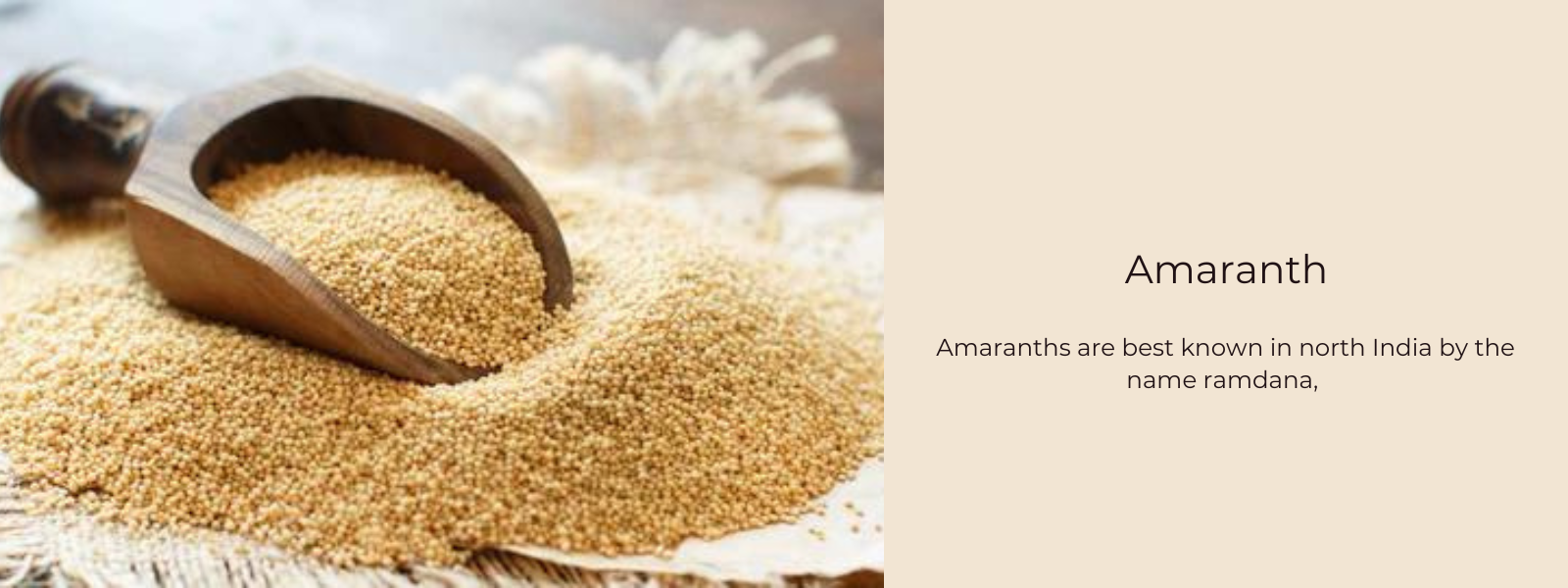

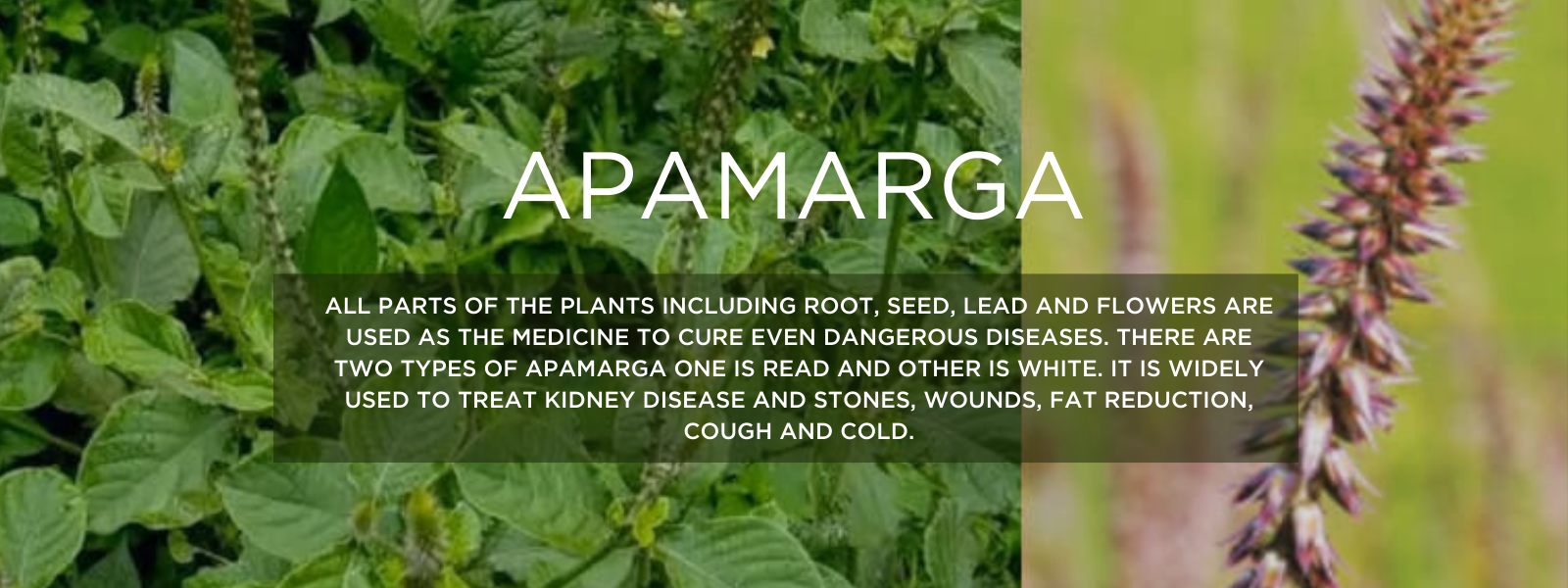
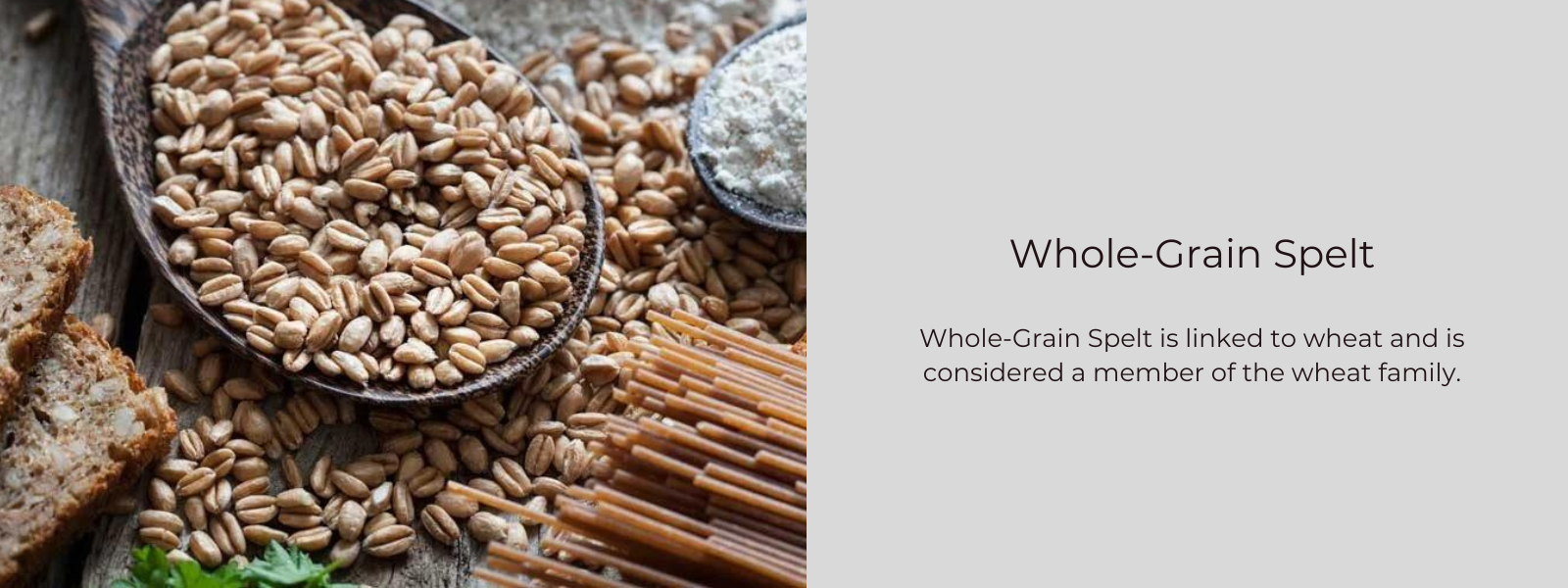
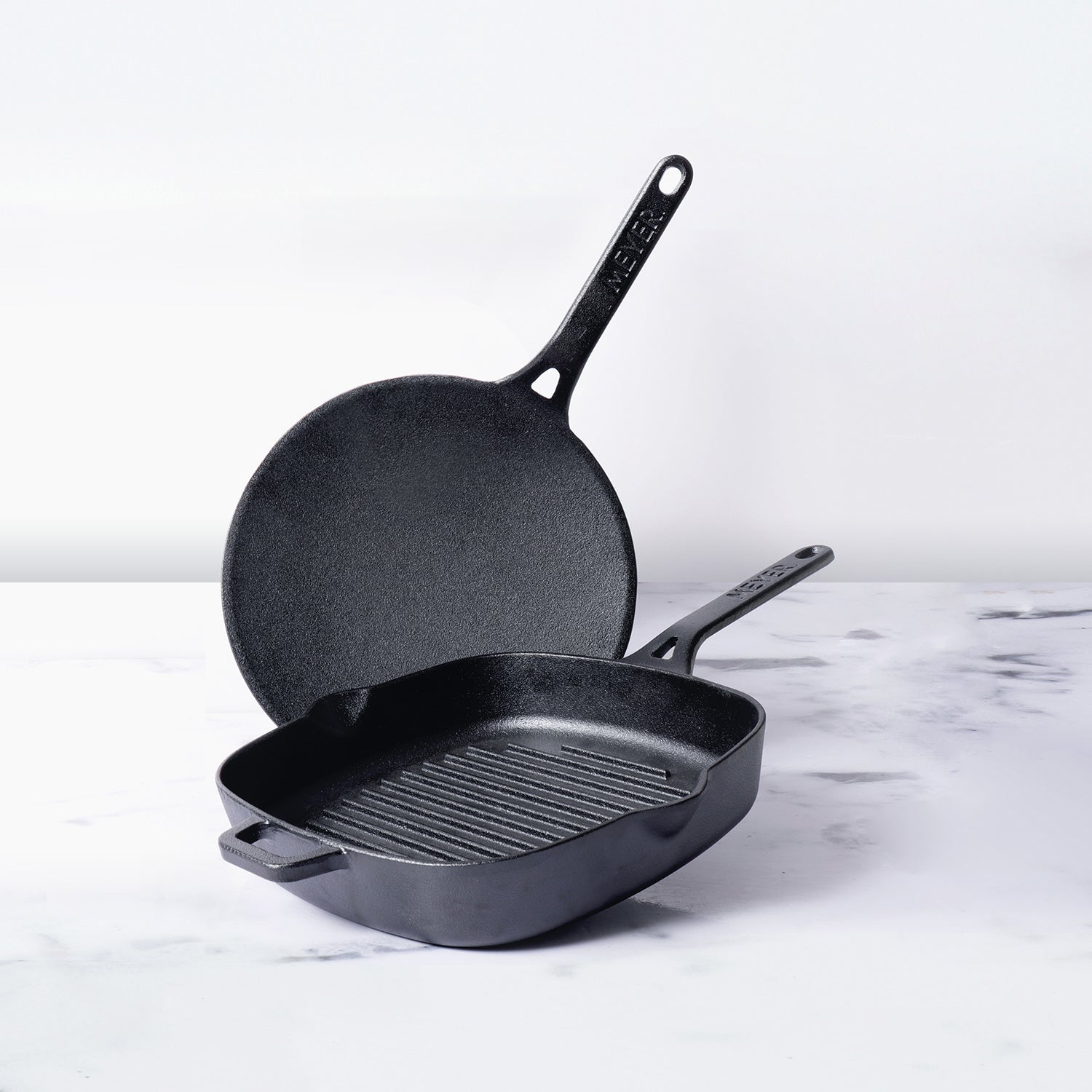
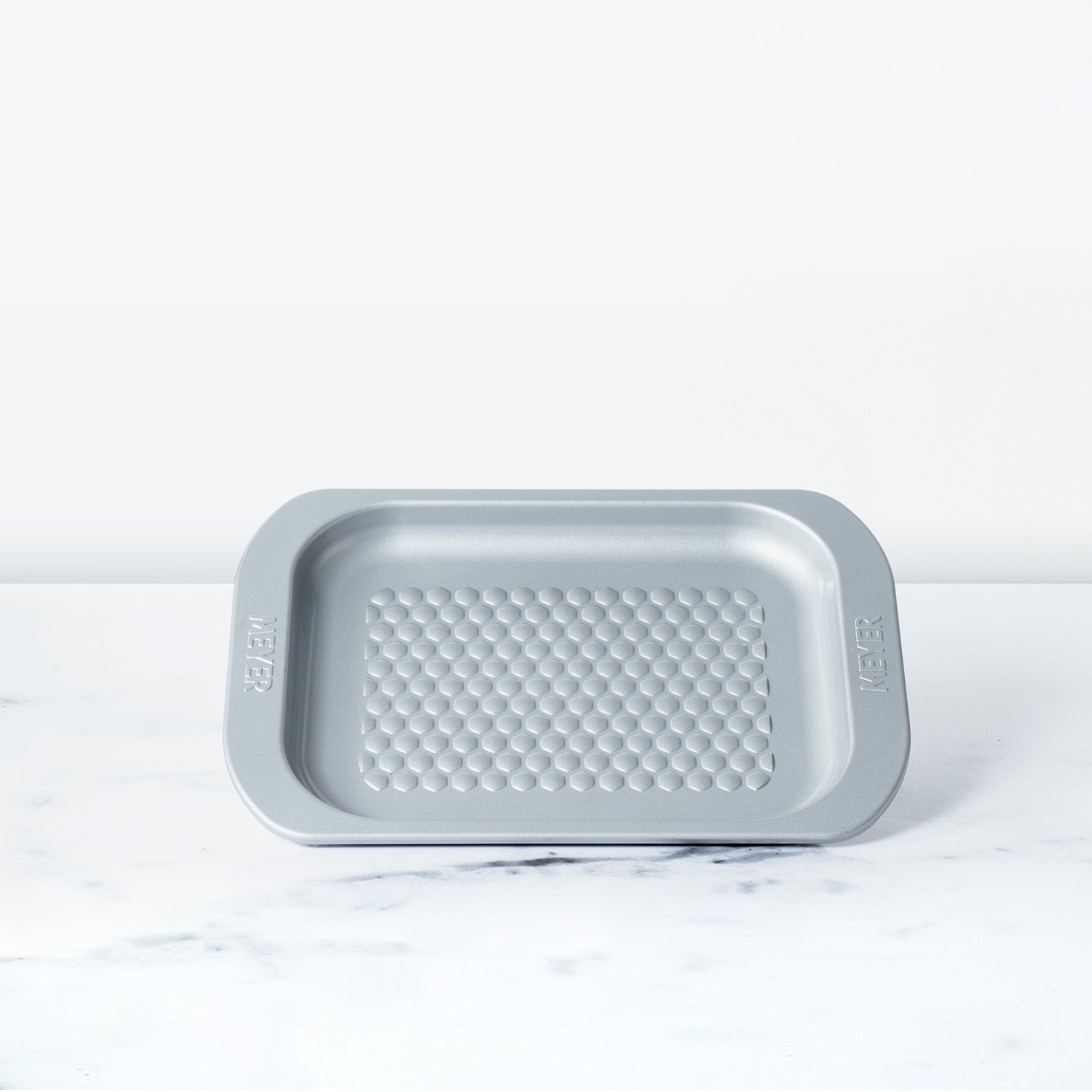




Leave a comment